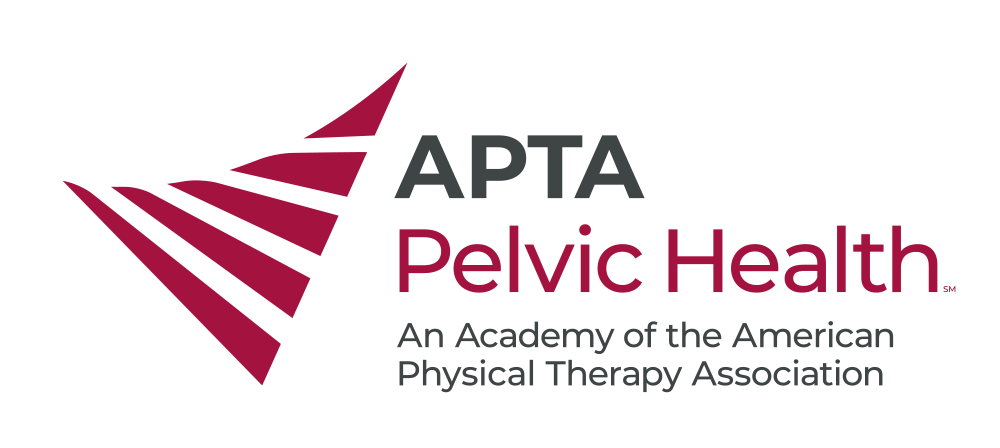CMS is seeking public comments regarding rural maternal and infant health care. CMS is releasing a request for information to learn about opportunities to improve access, quality, and outcomes for women in rural communities before, during and after pregnancy. CMS also is gathering information on the Continue Reading
Practice & Advocacy
Stay informed, educated, and empowered.

Gain valuable insights, resources, and strategies to strengthen your professional journey and equip yourself with knowledge and tools to help advocate for the advancement of the pelvic health physical therapy profession! Stay informed on the latest legislative issues that impact Physical Therapists (PTs), Physical Therapist Assistants (PTAs), Physical Therapy Students (SPTs), and the patients and clients we serve on a state and federal level.
APTA Legislative Action Center APTA Regulatory Action Center APTA Patient Action Center APTA Advocacy App
Contribute to our Practice & Advocacy Series! Are you an Academy member who has legislative and advocacy experience as it relates to pelvic and abdominal health physical therapy? Our members would love to hear from you! Consider contributing an educational blog post about your experiences at APTA Capitol Hill Day or at your local state level legislative events.
Details are still emerging around exactly how CMS intends to walk back a decision to change coding methodologies that prevented PTs from billing an evaluation performed on the same day as therapeutic activities and/or group therapy activities. Continue Reading
Thank you all for submitting questions pertaining to our recent blog post: Biofeedback and Dry Needling Code Update. Below are answers to many of your asked questions. if you have any additional questions, please do reach out to the Academy of Pelvic Health Physical Therapy’s Director of Practice, Continue Reading
The Senate companion is S. 518 sponsored by Senator Maria Cantwell (D-WA) and currently has 70 senate co-sponsors. In terms of next steps, the hope is that that S. 518 will be included in the Senate drug-pricing legislative package (HR 3 was the House drug-pricing bill). Continue Reading
Reported by Gail Zitterkopf, PT, DPT, Federal Affairs Chair of the Academy of Pelvic Health Physical Therapy View Regulatory Review Report Biofeedback CPT code 90911 (biofeedback training) was replaced with 2 codes: 90912, biofeedback training, initial 15 minutes of one-on-one... Continue Reading
Chicago, Illinois – There have been several motions considered. Some of the notable ones related to the social issues are listed below. Continue Reading
If you or a woman you love had been diagnosed with cancer, there may be resources available. The Social Security Administration (SSA) offers monthly financial aid for people of all ages who are unable to work due to a serious illness. Cancer will not automatically qualify, but thousands of people ar Continue Reading
My parents were born in Colombia, South America and moved to the United States with dreams of a better life. They immigrated from an impoverished area, lacked a college education and with a very basic English vocabulary. Continue Reading
Reflecting back on 2018 and the numerous achievements accomplished this year. A permanent fix to the Medicare therapy cap was achieved after 20 years of temporary exceptions and implementation delays. Continue Reading
With the midterm elections complete and the end of the 117th Congress approaching, we are reaching the last few weeks to pass critical legislation to stop Medicare cuts. Continue Reading
We want to send a big thank you to everyone who submitted an entry to help SoWH find two fantastic representatives to attend the April 29-May 1 2018 APTA Federal Advocacy Forum in the nation’s capital, Washington, D.C. Continue Reading
Cosponsor the Sports Medicine Licensure Clarity Act to extend liability insurance coverage of a state-licensed medical professional to another state when the professional provides medical services to an athlete, athletic team, or team staff member crosses state lines Continue Reading
